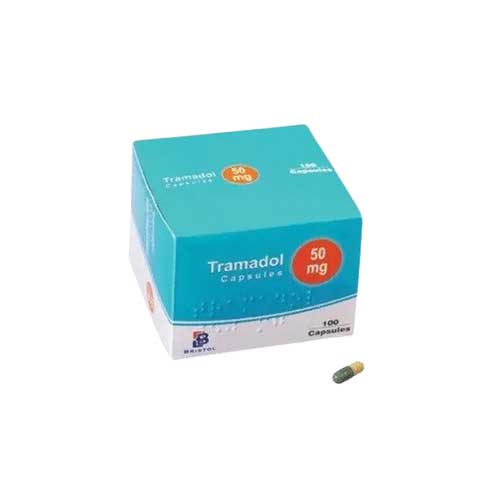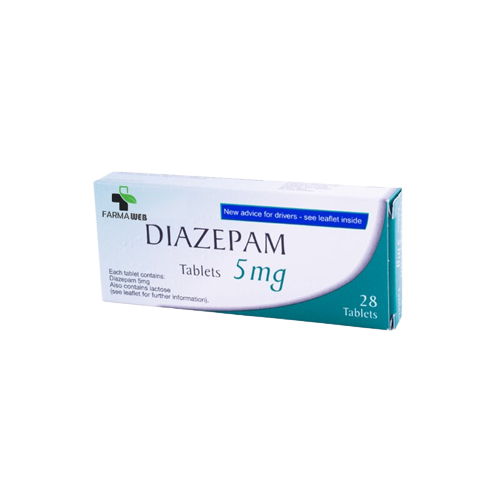Pain is your body’s way of saying something needs attention. Whether you’re recovering from surgery, managing chronic back pain, or dealing with a sudden injury, proper pain relief helps you regain comfort, mobility and the ability to sleep. One option your doctor may prescribe is Tramadol 50 mg — a moderate-strength opioid pain medicine. Below is a user-friendly guide to taking it correctly for the best effect, while keeping safety front and centre.
1. What is Tramadol 50 mg and when is it used?
Tramadol 50 mg is an immediate-release prescription analgesic that belongs to the opioid family. It is used for moderate to severe pain, especially when other non-opioid pain relievers aren’t sufficient.
It works by changing how your body perceives pain — binding to opioid receptors and altering neurotransmitter levels (like serotonin and norepinephrine) to help relieve discomfort.
If you’ve been prescribed Tramadol 50 mg, the goal is to relieve your pain effectively and safely — not to mask it indefinitely. It should be part of an overall pain-management plan (which may include rest, physical therapy, non-opioid medicines, etc.).

2. How to take it properly for maximum benefit
Here are practical steps and reminders to help you take Tramadol 50 mg in the best way:
a) Follow your doctor’s prescription
- Always take the dose exactly as prescribed — the correct strength (50 mg), frequency, and duration.
- Do not increase the dose, take more often, or continue longer than recommended — doing so raises the risk of side-effects and dependency.
- If your pain isn’t adequately controlled, speak with your healthcare provider instead of self-adjusting the dose.
b) Taking the tablet
- Swallow the tablet whole with a full glass of water. It may be taken with or without food unless directed otherwise.
- Do not crush, chew or break the tablet (especially if it’s a slow-release form) — that can release too much medication too quickly, increasing overdose risk.
- For the standard immediate-release 50 mg tablets, the normal schedule may be 50 mg every 4-6 hours as needed.
c) Timing and consistency
- To maintain even relief, try to take your doses at regular intervals rather than waiting until the pain becomes severe.
- If prescribed “as needed,” take only when you actually need it and when pain is moderate to severe.
- If you miss a dose and the next one is not far off, skip the missed one — don’t double up.
d) Duration and review
- Tramadol 50 mg is typically for short-term use unless your doctor determines a longer duration.
- If you’re using it for longer than a few days/weeks, your provider should regularly review its effectiveness, side-effects, and whether you still need it.
3. Maximise pain relief — extra tips
To get the best benefit from Tramadol 50 mg, here are some proactive steps:
- Combine with other pain-management strategies: Physical therapy, heat/cold packs, gentle exercise, good sleep hygiene, and non-opioid pain relievers (if allowed) can supplement its effect.
- Stay hydrated and eat well: Proper nutrition and hydration help you heal faster and reduce some side-effects like constipation.
- Avoid alcohol and other sedatives: Drinking alcohol or using sedative medications while on Tramadol can amplify drowsiness, slow breathing and increase risk of overdose.
- Keep a log of pain levels: Note when you take your dose, when it kicked in, how long relief lasted, and any side-effects. This helps your doctor adjust your plan if needed.
- Safe storage and disposal: Keep the medicine locked away from children and pets. Dispose of unused medication properly — many opioids are targets for misuse.
4. Watch for side-effects and when to call your doctor
Like all medications, Tramadol 50 mg has potential side-effects and risks. Being aware helps you act promptly.
Common side-effects
- Dizziness, light-headedness
- Nausea, vomiting
- Constipation
- Drowsiness
- Sweating or flushing
Most side-effects are mild and may diminish after a few days.
Serious risks to watch
- Slow or shallow breathing (especially in conjunction with other sedatives) — sign of dangerous overdose.
- Seizures: Tramadol lowers the seizure threshold in some people.
- Serotonin syndrome: If you’re on antidepressants/serotonin-modulating drugs, taking Tramadol may increase risk of this serious condition.
- Signs of overdose: extreme drowsiness, limp body, very slow breathing, unresponsiveness — this is an emergency.
Contraindications / who should be cautious
- Children: Standard Tramadol tablets are not for children below 12 years (and caution in adolescents).
- Patients with severe lung problems, breathing issues, or recent tonsil/adeniod surgery.
- Those with uncontrolled epilepsy, or historical substance-abuse issues, or using MAO inhibitors.
If you experience any of the serious side-effect signs, contact your doctor immediately or go to emergency.
5. Special situations to know about
- Elderly or those with kidney/liver problems: Your doctor may prescribe a lower dose or increase the interval between doses because the body clears Tramadol more slowly.
- Changing or stopping the medicine: If you’ve been taking Tramadol for a while, do not stop abruptly — withdrawal symptoms (restlessness, sweating, anxiety) may occur. Work with your doctor to taper safely.
- Pregnancy / breastfeeding: Use only if clearly needed and under medical supervision — risks to mother and baby may be present.
6. Summary: Best Practice in a Nutshell
- Take Tramadol 50 mg exactly as your doctor prescribes — precise dose, timing and duration.
- Take it with water; food may be optional unless told otherwise.
- Maintain consistent timing rather than waiting for severe pain spikes.
- Pair with non-medicinal pain-relief methods (rest, movement, heat/cold, etc.).
- Avoid alcohol or sedatives; keep track of side-effects or warning signs.
- Review with your doctor regularly, particularly if pain persists or if you experience side-effects.
- Store safely and dispose of unused tablets responsibly.
- Never change the dose, frequency or stop taking it without consulting your doctor.
7. Final reminder
Tramadol 50 mg can be a very useful part of your pain-relief plan — but it’s not a standalone “fix”. Its effectiveness is maximised when used correctly, under medical guidance, and in concert with other strategies (sleep, movement, physical therapy, nutrition). By understanding how to take it, when to take it, and what to watch out for, you’re putting yourself in a strong position to gain relief, recover well and maintain safety. Visit FastMedsDirect to buy Tramadol 50mg online now.
If ever you’re unsure — about dose adjustments, side-effects, interactions with other medicines you’re taking — call your prescribing doctor or pharmacist immediately. Your health-care team is your partner in pain management.


